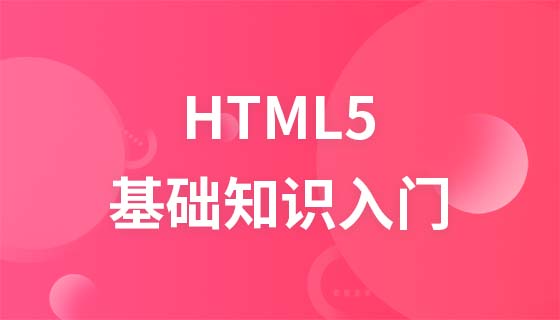CSS basic tutorial: How to introduce CSS
Embedded
Introduce CSS styles through the <style> tag.
Grammar format: <style type = “text/css”></style>
Tips: The CSS style in <style> can only be used for the current web page .
In the same web page, the <style> tag can appear multiple times.
<!DOCTYPE HTML>
<html>
<head>
<meta http-equiv="Content-Type" content="text/html; charset=utf-8">
<title>php.cn</title>
<style type="text/css">
h1{
color:red;
}
</style>
</head>
<body>
<h1>习近平心中的互联网</h1>
<p>互联网是20世纪最伟大的发明,它正在将人类“一网打尽”,人们在不知不觉中已经融入了互联网生态,互联网让世界变成了“鸡犬之声相闻”的地球村。</p>
</body>
<style type="text/css">
p{
color:blue;
}
</style>
</html>External link
- rel: That is, what type of file is imported. Value: stylesheet
- type: content type.
- href: The imported CSS file address.
Note:
- ##<link> tag is placed in the <head> tag.
- The same web page can use multiple <link> to link to multiple external style files.
##Inline style (mainly used For the style of JS control elements)
Every HTML tag has some common attributes: class, id, title, style.
Note:
- In inline styles, CSS code cannot be written too much;
In the previous example of priority, we used this introduction method
<!DOCTYPE HTML>
<html>
<head>
<meta http-equiv="Content-Type" content="text/html; charset=utf-8">
<title>php.cn</title>
<style type="text/css">
h1{
color:green;
}
.hclass{
color:bule;
}
#hid{
color:black;
}
</style>
</head>
<body>
<div>
<h1 class="hclass" id="hid" style="color:red">习近平心中的互联网</h1>
</div>
</body>
</html>













